Metabolomics Analysis as a Tool to Measure Cobalt Neurotoxicity: An In Vitro Validation
Abstract
1. Introduction
2. Materials and Methods
2.1. Cell Lines Culture as Monolayer
2.2. Dimethylthiazolyl Diphenyltetrazolium Bromide (MTT) Assay
2.3. Reactive Oxygen Species (ROS)
2.4. DNA and RNA Isolation
2.5. DNA Digestion
2.6. Quantitative Real-Time PCR (qRT-PCR)
2.7. Extraction of Cell Lysates for Metabolomics
2.8. Metabolomics
2.9. Statistical Methods
3. Results
3.1. Measurement of MTT Reduction in Neuroblastoma Cells in the Presence of Cobalt
3.2. Measurement of MTT Reduction in Astrocytoma Cells in the Presence of Cobalt
3.3. ROS Measurement in SH-SY5Y Cells after Treatment with Cobalt
3.4. ROS Measurement in Astrocytoma Cells after Exposure to Cobalt
3.5. Quantitative Real-Time PCR for the Selected Genes for Neuroblastoma (SH-SY5Y) Cells
3.6. Quantitative Real-Time PCR for the Selected Genes for the Astrocytoma Cells (U373)
3.7. Metabolomic Study for Astrocytoma Cells
3.8. Metabolomic Analysis of the Nuclear DNA for Astrocytoma Cells
3.9. Metabolomics Results for the Neuroblastoma Cells
4. Discussion
5. Limitation of This Study
6. Summary
- The results of the MTT assay have shown that cobalt is toxic to the SH-SY5Y and U-373 cells with more potency in SH-SY5Y cells.
- ROS measurement assay showed an increase in fluorescence in SH-SY5Y cells at 100 μM of cobalt and in U-373 cells at 200 μM of cobalt.
- Metabolomic analysis of both cell lines (SH-SY5Y and U-373) showed that cobalt is inducing an intracellular change in both cell lines.
- The metabolomic analysis of whole cell extracts showed an increase in metabolites associated with oxidative stress and glutathione oxidation pathways. The evidence for DNA methylation and hydroxymethylation was weaker.
- The metabolomics analysis of the extracted DNA of both cells did not show conclusive changes in the levels of modified DNA. The lack of clear results might be due to the very low levels of this type of modification within DNA, the level of RNA contamination of the DNA sample, and possibly incomplete digestion of the sample.
- The results of the RT-PCR experiment showed an increase in the genes (Mlh1, SERT2, MeCP2, UNG1, and TDG) in both cell lines after treatment with cobalt, and these genes were associated with the aforementioned pathways in both cell lines.
7. Conclusions
Supplementary Materials
Author Contributions
Funding
Institutional Review Board Statement
Informed Consent Statement
Data Availability Statement
Acknowledgments
Conflicts of Interest
References
- Kim, J.; Gherasim, C.; Banerjee, R. Decyanation of vitamin B12 by a trafficking chaperone. Proc. Natl. Acad. Sci. USA 2008, 105, 14551–14554. [Google Scholar] [CrossRef]
- Simonsen, L.O.; Harbak, H.; Bennekou, P. Cobalt metabolism and toxicology—A brief update. Sci. Total Environ. 2012, 432, 210–215. [Google Scholar] [CrossRef] [PubMed]
- ATSDR. Toxicological Profile for Cobalt. Available online: https://www.atsdr.cdc.gov/ToxProfiles/tp.asp?id=373&tid=64 (accessed on 28 April 2020).
- Barceloux, D.G. Cobalt. J. Toxicol. Clin. Toxicol. 1999, 37, 201–206. [Google Scholar] [CrossRef] [PubMed]
- Gardner, F.H. The use of cobaltous chloride in the anemia associated with chronic renal disease. J. Lab. Clin. Med. 1953, 41, 56–64. [Google Scholar] [PubMed]
- Licht, A.; Oliver, M.; Rachmilewitz, E.A. Optic atrophy following treatment with cobalt chloride in a patient with pancytopenia and hypercellular marrow. Isr. J. Med. Sci. 1972, 8, 61–66. [Google Scholar]
- Jordan, C.; Whitman, R.D.; Harbut, M.; Tanner, B. Memory deficits in workers suffering from hard metal disease. Toxicol. Lett. 1990, 54, 241–243. [Google Scholar] [CrossRef]
- Meecham, H.M.; Humphrey, P. Industrial exposure to cobalt causing optic atrophy and nerve deafness: A case report. J. Neurol. Neurosurg. Psychiatry 1991, 54, 374–375. [Google Scholar] [CrossRef]
- Tabrez, S.; Shait Mohammed, M.R.; Jabir, N.R.; Khan, M.I. Identification of novel cardiovascular disease associated metabolites using untargeted metabolomics. Biol. Chem. 2021, 402, 749–757. [Google Scholar] [CrossRef]
- Morvan, D.; Demidem, A. Metabolomics by proton nuclear magnetic resonance spectroscopy of the response to chloroethylnitrosourea reveals drug efficacy and tumor adaptive metabolic pathways. Cancer Res. 2007, 67, 2150–2159. [Google Scholar] [CrossRef]
- Robertson, D.G.; Lindon, J.C.; Nicholson, J.K.; Holmes, E. Metabonomics in Toxicity Assessment; Taylor & Francis: Boca Raton, FL, USA, 2005. [Google Scholar]
- Leclercq, L.; Cuyckens, F.; Mannens, G.S.; de Vries, R.; Timmerman, P.; Evans, D.C. Which human metabolites have we MIST? Retrospective analysis, practical aspects, and perspectives for metabolite identification and quantification in pharmaceutical development. Chem. Res. Toxicol. 2009, 22, 280–293. [Google Scholar] [CrossRef]
- Lu, W.; Bennett, B.D.; Rabinowitz, J.D. Analytical strategies for LC-MS-based targeted metabolomics. J. Chromatogr. B Analyt. Technol. Biomed. Life Sci. 2008, 871, 236–242. [Google Scholar] [CrossRef] [PubMed]
- Tabrez, S.; Khan, A.U.; Mirza, A.A.; Suhail, M.; Jabir, N.R.; Zughaibi, T.A.; Alam, M. Biosynthesis of copper oxide nanoparticles and its therapeutic efficacy against colon cancer. Nanotechnol. Rev. 2022, 11, 1322–1331. [Google Scholar] [CrossRef]
- Zughaibi, T.A.; Mirza, A.A.; Suhail, M.; Jabir, N.R.; Zaidi, S.K.; Wasi, S.; Zawawi, A.; Tabrez, S. Evaluation of Anticancer Potential of Biogenic Copper Oxide Nanoparticles (CuO NPs) against Breast Cancer. J. Nanomater. 2022, 2022, e5326355. [Google Scholar] [CrossRef]
- Mosmann, T.R. Directional release of lymphokines from T cells. Immunol. Today 1988, 9, 306–307. [Google Scholar] [CrossRef] [PubMed]
- Tabrez, S.; Khan, A.U.; Hoque, M.; Suhail, M.; Khan, M.I.; Zughaibi, T.A. Biosynthesis of ZnO NPs from pumpkin seeds’ extract and elucidation of its anticancer potential against breast cancer. Nanotechnol. Rev. 2022, 11, 2714–2725. [Google Scholar] [CrossRef]
- Kamleh, M.A.; Dow, J.A.; Watson, D.G. Applications of mass spectrometry in metabolomic studies of animal model and invertebrate systems. Brief. Funct. Genom. Proteomic 2009, 8, 28–48. [Google Scholar] [CrossRef] [PubMed]
- Pluskal, T.; Castillo, S.; Villar-Briones, A.; Oresic, M. MZmine 2: Modular framework for processing, visualizing, and analyzing mass spectrometry-based molecular profile data. BMC Bioinform. 2010, 11, 395. [Google Scholar] [CrossRef]
- Sumner, L.W.; Amberg, A.; Barrett, D.; Beale, M.H.; Beger, R.; Daykin, C.A.; Fan, T.W.M.; Fiehn, O.; Goodacre, R.; Griffin, J.L.; et al. Proposed minimum reporting standards for chemical analysis Chemical Analysis Working Group (CAWG) Metabolomics Standards Initiative (MSI). Metabolomics 2007, 3, 211–221. [Google Scholar] [CrossRef]
- Gossel, T.A. Principles of Clinical Toxicology; CRC Press: Boca Raton, FL, USA, 1994. [Google Scholar]
- Klaassen, C.D.; Casarett, L.J. Casarett and Doull’s Toxicology: The Basic Science of Poisons, 6th ed.; McGraw-Hill Medical Pub. Division: New York, NY, USA; London, UK, 2001; p. xix. 1236p. [Google Scholar]
- Jaishankar, M.; Tseten, T.; Anbalagan, N.; Mathew, B.B.; Beeregowda, K.N. Toxicity, mechanism and health effects of some heavy metals. Interdiscip. Toxicol. 2014, 7, 60–72. [Google Scholar] [CrossRef]
- Békési, A.; Pukáncsik, M.; Muha, V.; Zagyva, I.; Leveles, I.; Hunyadi-Gulyás, E.; Klement, E.; Medzihradszky, K.F.; Kele, Z.; Erdei, A.; et al. A novel fruitfly protein under developmental control degrades uracil-DNA. Biochem. Biophys. Res. Commun. 2007, 355, 643–648. [Google Scholar] [CrossRef]
- Halliwell, B.; Gutteridge, J.M. Role of free radicals and catalytic metal ions in human disease: An overview. Methods Enzymol. 1990, 186, 1–85. [Google Scholar] [PubMed]
- Kasprzak, K. Oxidative DNA damage in metal-induced carcinogenesis. Toxicol. Met. 1996, 18, 299. [Google Scholar]
- La Quaglia, M.P.; Manchester, K.M. A comparative analysis of neuroblastic and substrate-adherent human neuroblastoma cell lines. J. Pediatr. Surg. 1996, 31, 315–318. [Google Scholar] [CrossRef] [PubMed]
- Sagara, J.I.; Miura, K.; Bannai, S. Maintenance of neuronal glutathione by glial cells. J. Neurochem. 1993, 61, 1672–1676. [Google Scholar] [CrossRef]
- Lennicke, C.; Rahn, J.; Lichtenfels, R.; Wessjohann, L.A.; Seliger, B. Hydrogen peroxide—Production, fate and role in redox signaling of tumor cells. Cell. Commun. Signal. 2015, 13, 39. [Google Scholar] [CrossRef]
- Seo, K.S.; Park, J.H.; Heo, J.Y.; Jing, K.; Han, J.; Min, K.N.; Kim, C.; Koh, G.Y.; Lim, K.; Kang, G.Y.; et al. SIRT2 regulates tumour hypoxia response by promoting HIF-1α hydroxylation. Oncogene 2015, 34, 1354–1362. [Google Scholar] [CrossRef]
- Xiao, H.; Gu, Z.; Wang, G.; Zhao, T. The Possible Mechanisms Underlying the Impairment of HIF-1α Pathway Signaling in Hyperglycemia and the Beneficial Effects of Certain Therapies. Int. J. Med. Sci. 2013, 10, 1412–1421. [Google Scholar] [CrossRef]
- North, B.J.; Verdin, E. Mitotic regulation of SIRT2 by cyclin-dependent kinase 1-dependent phosphorylation. J. Biol. Chem. 2007, 282, 19546–19555. [Google Scholar] [CrossRef]
- Yasui, D.H.; Peddada, S.; Bieda, M.C.; Vallero, R.O.; Hogart, A.; Nagarajan, R.P.; Thatcher, K.N.; Farnham, P.J.; Lasalle, J.M. Integrated epigenomic analyses of neuronal MeCP2 reveal a role for long-range interaction with active genes. Proc. Natl. Acad. Sci. USA 2007, 104, 19416–19421. [Google Scholar] [CrossRef]
- Yan, Y.; Kluz, T.; Zhang, P.; Chen, H.B.; Costa, M. Analysis of specific lysine histone H3 and H4 acetylation and methylation status in clones of cells with a gene silenced by nickel exposure. Toxicol. Appl. Pharmacol. 2003, 190, 272–277. [Google Scholar] [CrossRef]
- Armstrong, D.D. Neuropathology of Rett syndrome. Ment. Retard. Dev. Disabil. Res. Rev. 2002, 8, 72–76. [Google Scholar] [CrossRef]
- Su, X.A.; Freudenreich, C.H. Cytosine deamination and base excision repair cause R-loop-induced CAG repeat fragility and instability in Saccharomyces cerevisiae. Proc. Natl. Acad. Sci. USA 2017, 114, E8392–E8401. [Google Scholar] [CrossRef] [PubMed]
- Da, L.T.; Shi, Y.; Ning, G.; Yu, J. Dynamics of the excised base release in thymine DNA glycosylase during DNA repair process. Nucleic Acids Res. 2018, 46, 568–581. [Google Scholar] [CrossRef] [PubMed]
- Maxwell, M.M.; Tomkinson, E.M.; Nobles, J.; Wizeman, J.W.; Amore, A.M.; Quinti, L.; Chopra, V.; Hersch, S.M.; Kazantsev, A.G. The Sirtuin 2 microtubule deacetylase is an abundant neuronal protein that accumulates in the aging CNS. Hum. Mol. Genet. 2011, 20, 3986–3996. [Google Scholar] [CrossRef] [PubMed]
- Hayes, P.; Knaus, U.G. Balancing reactive oxygen species in the epigenome: NADPH oxidases as target and perpetrator. Antioxid. Redox Signal. 2013, 18, 1937–1945. [Google Scholar] [CrossRef]
- Yonekura, S.; Nakamura, N.; Yonei, S.; Zhang-Akiyama, Q.M. Generation, biological consequences and repair mechanisms of cytosine deamination in DNA. J. Radiat. Res. 2009, 50, 19–26. [Google Scholar] [CrossRef]
- Neddermann, P.; Gallinari, P.; Lettieri, T.; Schmid, D.; Truong, O.; Hsuan, J.J.; Wiebauer, K.; Jiricny, J. Cloning and expression of human G/T mismatch-specific thymine-DNA glycosylase. J. Biol. Chem. 1996, 271, 12767–12774. [Google Scholar] [CrossRef]
- Sassa, A.; Kanemaru, Y.; Kamoshita, N.; Honma, M.; Yasui, M. Mutagenic consequences of cytosine alterations site-specifically embedded in the human genome. Genes Environ. 2016, 38, 17. [Google Scholar] [CrossRef]
- Skene, P.J.; Illingworth, R.S.; Webb, S.; Kerr, A.; James, K.D.; Turner, D.J.; Andrews, R.; Bird, A.P. Neuronal MeCP2 is expressed at near histone-octamer levels and globally alters the chromatin state. Mol. Cell 2010, 37, 457–468. [Google Scholar] [CrossRef]
- Manhães, M.; Cesar, M.; Justo, R.; Geller, M.; Suchmacher, M.; Cisne, R.; Manhães, M.; Cesar, M.; Justo, R.; Geller, M.; et al. The Role of Nucleotides in Glial Cells during Peripheral Nerve Trauma and Compressive Disorders; IntechOpen: London, UK, 2017. [Google Scholar]
- Edwards, J.R.; Yarychkivska, O.; Boulard, M.; Bestor, T.H. DNA methylation and DNA methyltransferases. Epigenetics Chromatin 2017, 10, 23. [Google Scholar] [CrossRef]
- Meister, A.; Anderson, M.E. Glutathione. Annu. Rev. Biochem. 1983, 52, 711–760. [Google Scholar] [CrossRef] [PubMed]
- Meister, A. Glutathione metabolism and its selective modification. J. Biol. Chem. 1988, 263, 17205–17208. [Google Scholar] [CrossRef] [PubMed]
- Owen, J.B.; Butterfield, D.A. Measurement of oxidized/reduced glutathione ratio. Methods Mol. Biol. 2010, 648, 269–277. [Google Scholar] [CrossRef] [PubMed]
- Wanders, R.J.A.; Waterham, H.R. Peroxisomal disorders: The single peroxisomal enzyme deficiencies. Biochim. Et Biophys. Acta (BBA)—Mol. Cell Res. 2006, 1763, 1707–1720. [Google Scholar] [CrossRef]
- Shih, A.Y.; Johnson, D.A.; Wong, G.; Kraft, A.D.; Jiang, L.; Erb, H.; Johnson, J.A.; Murphy, T.H. Coordinate regulation of glutathione biosynthesis and release by Nrf2-expressing glia potently protects neurons from oxidative stress. J. Neurosci. 2003, 23, 3394–3406. [Google Scholar] [CrossRef] [PubMed]

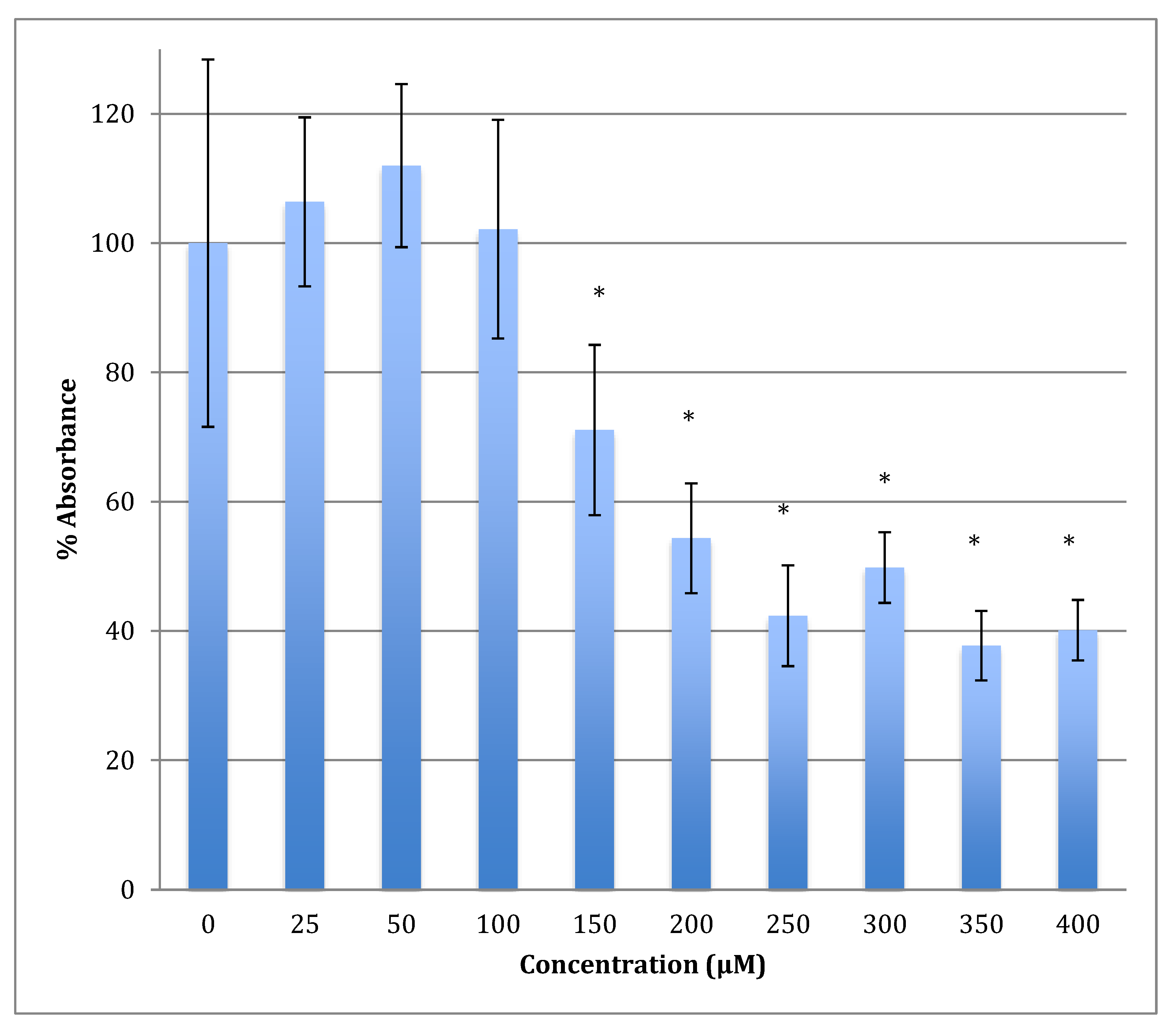
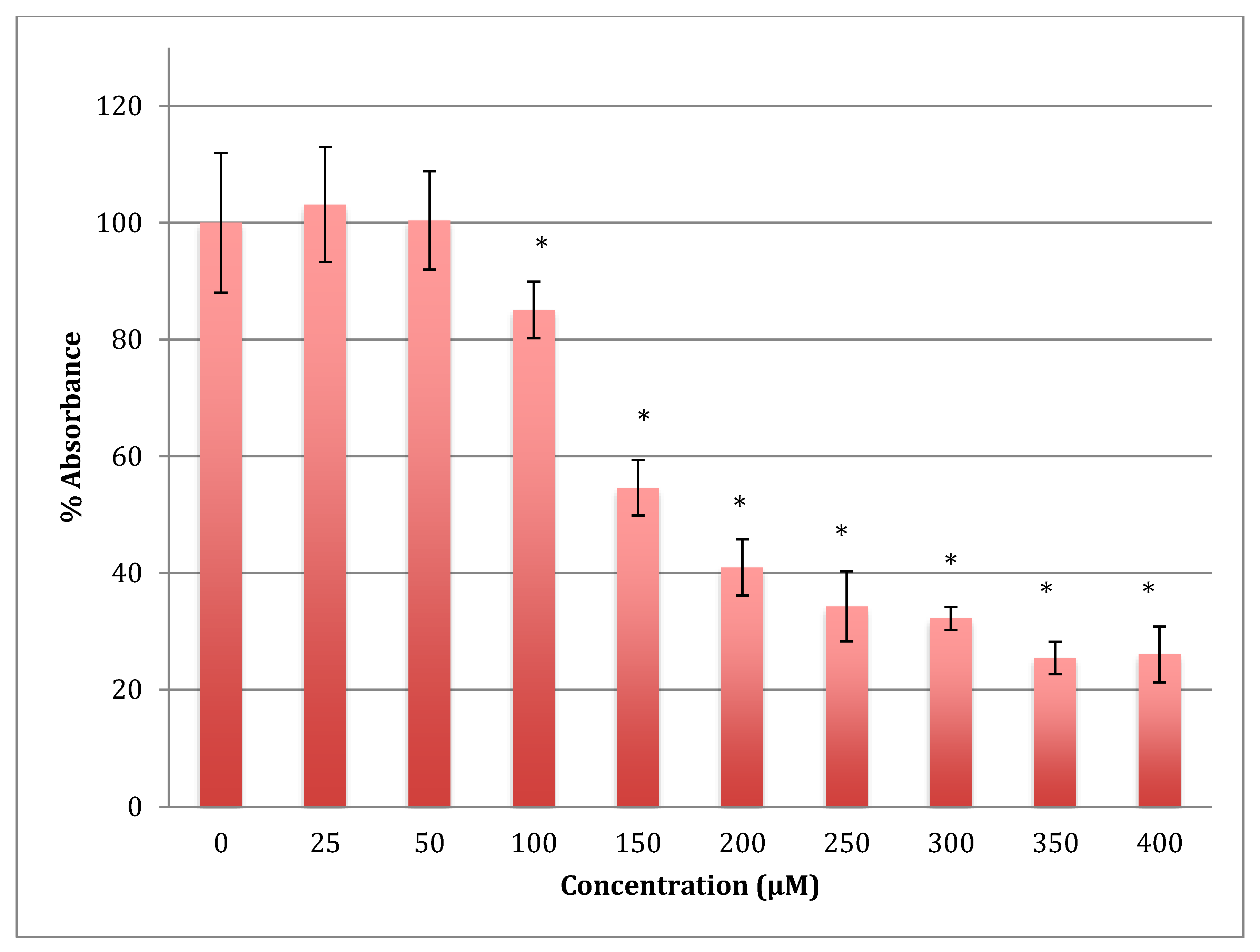
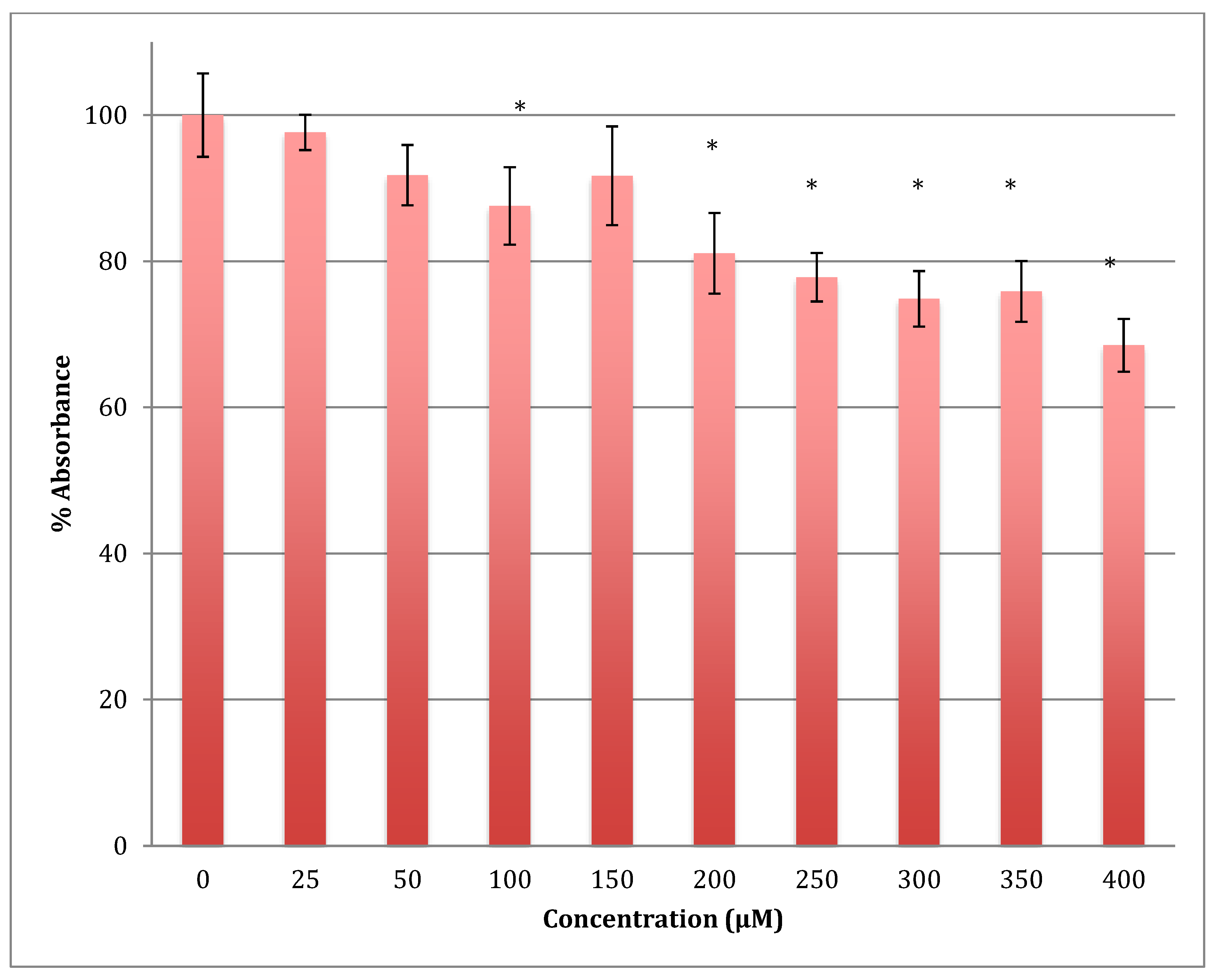

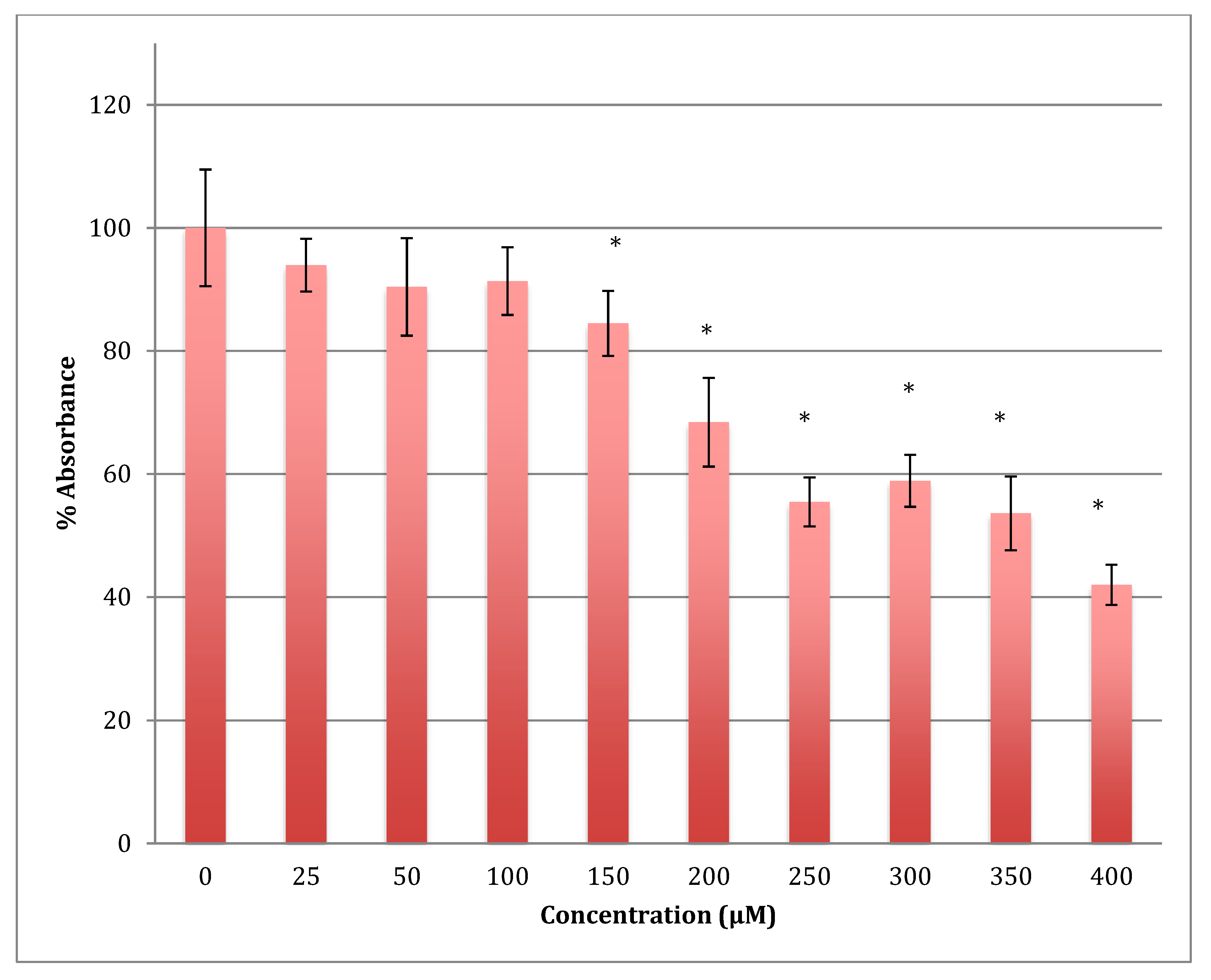
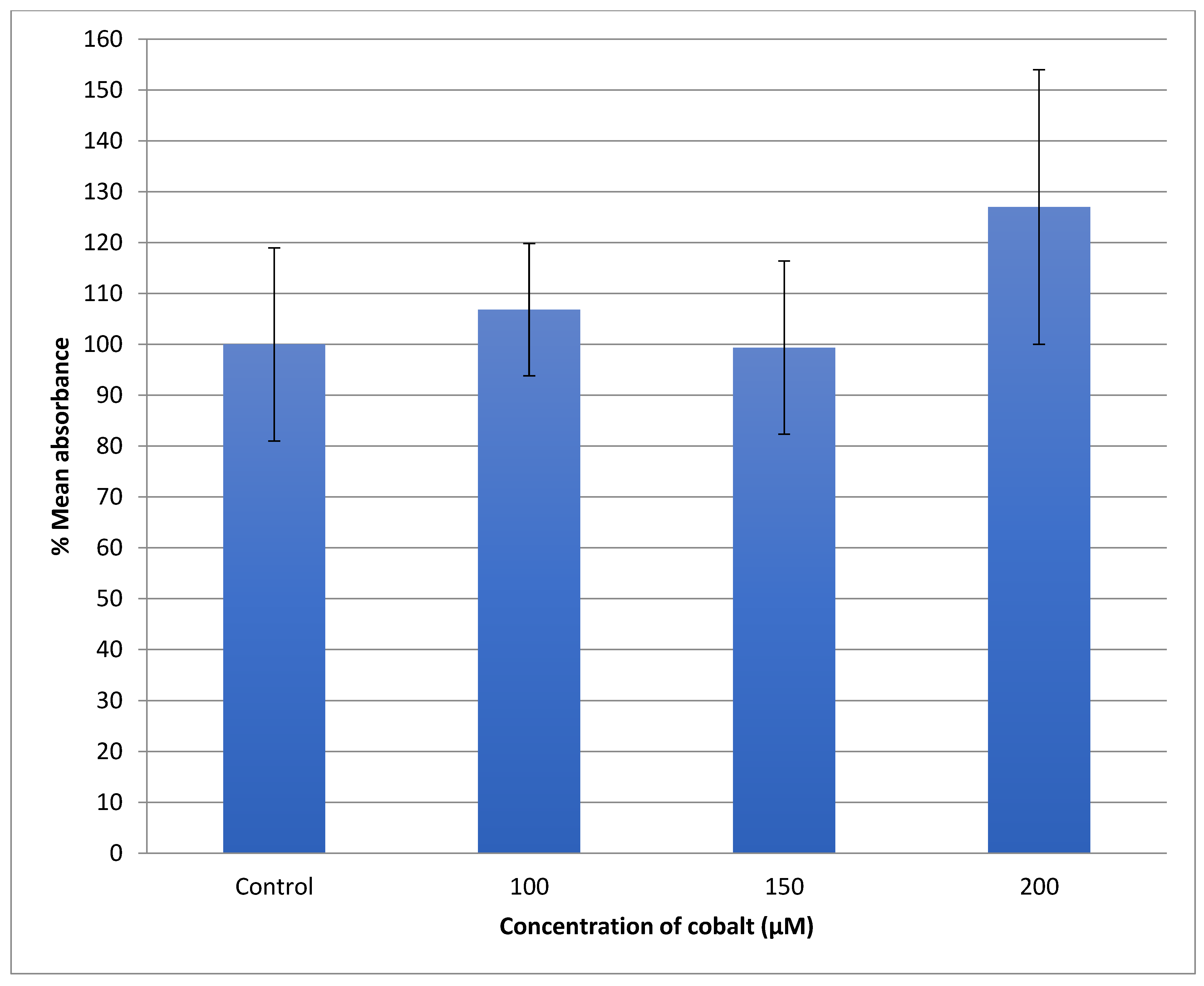
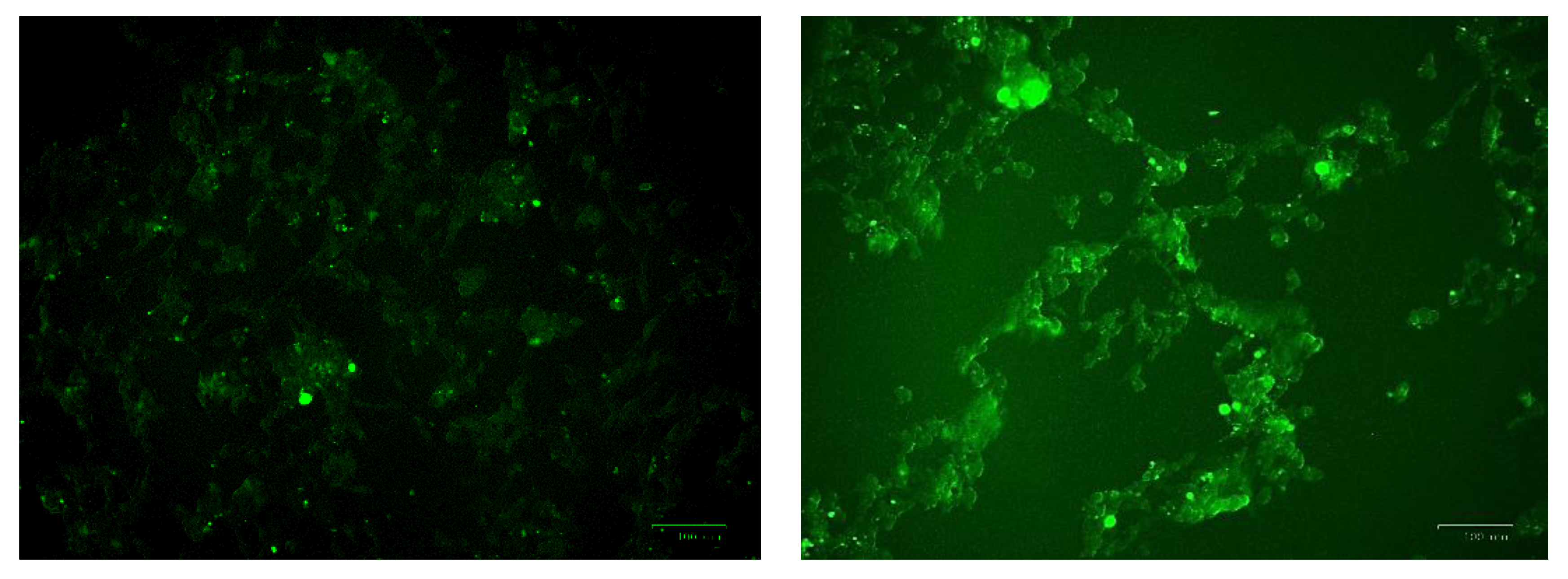
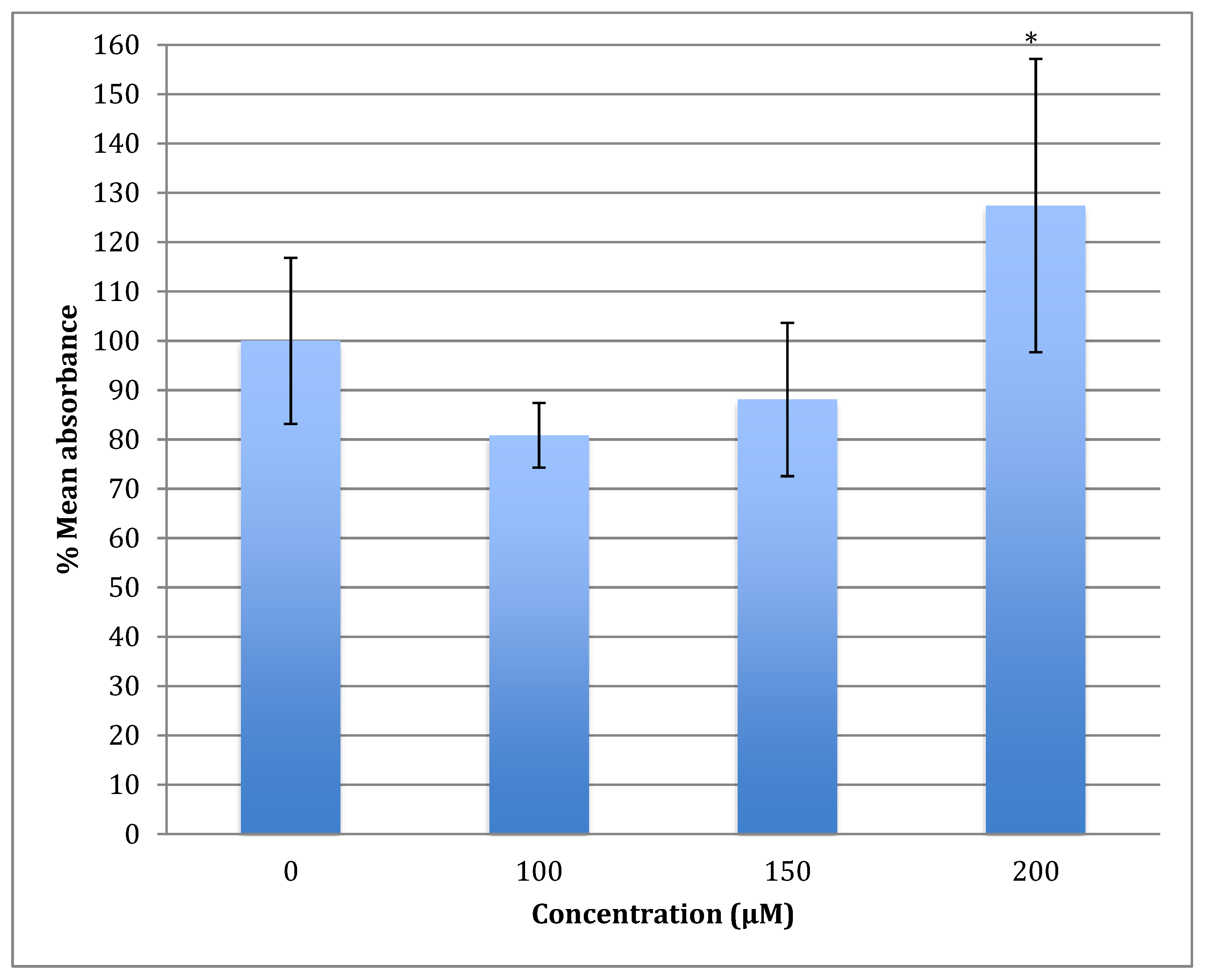
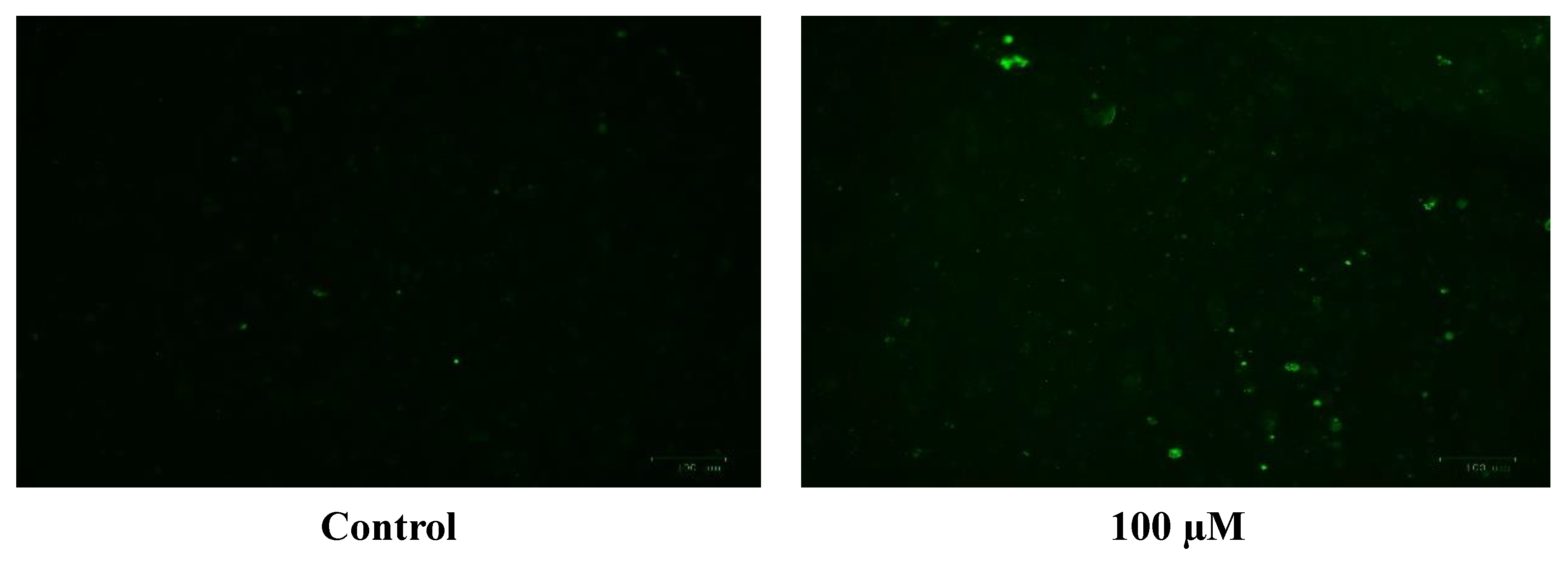
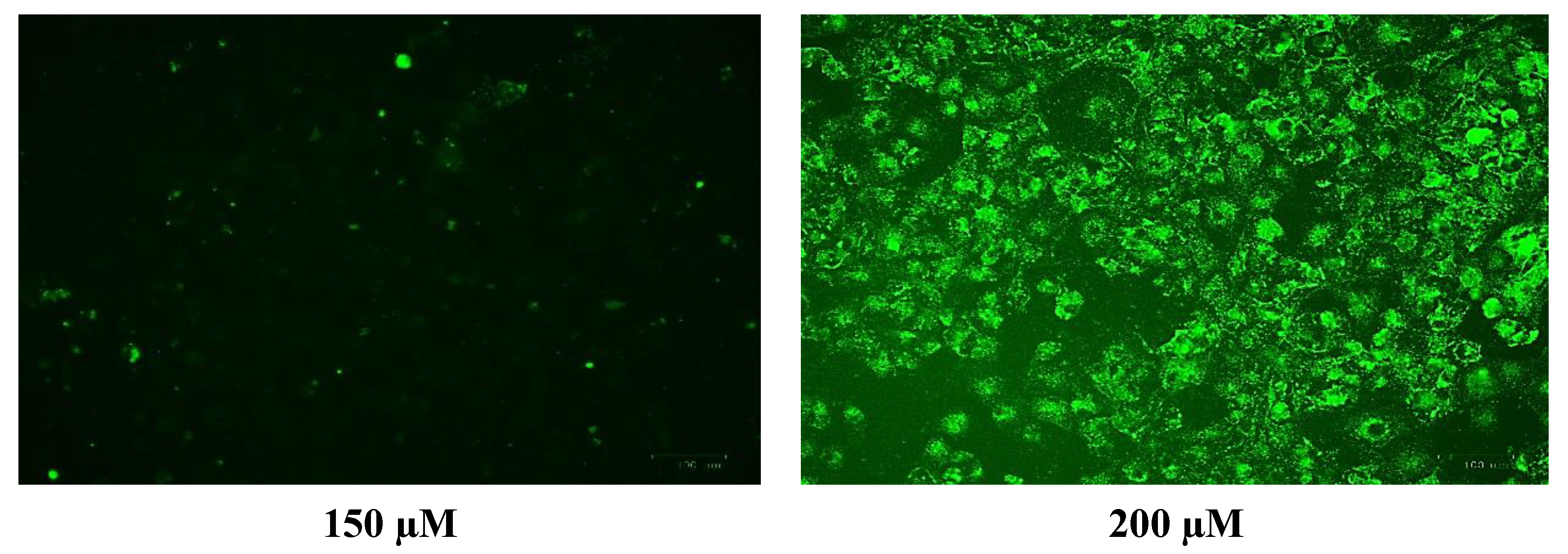
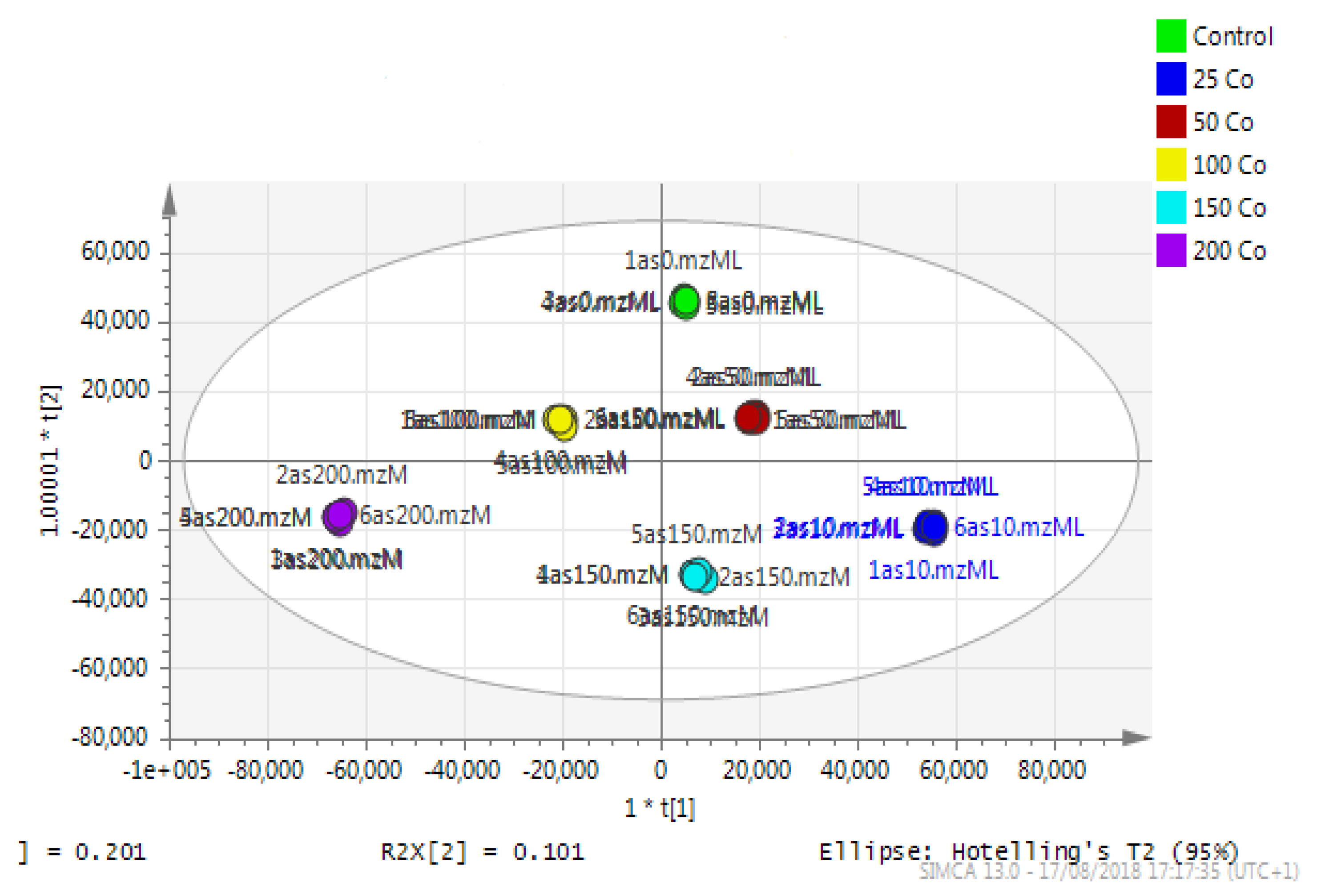

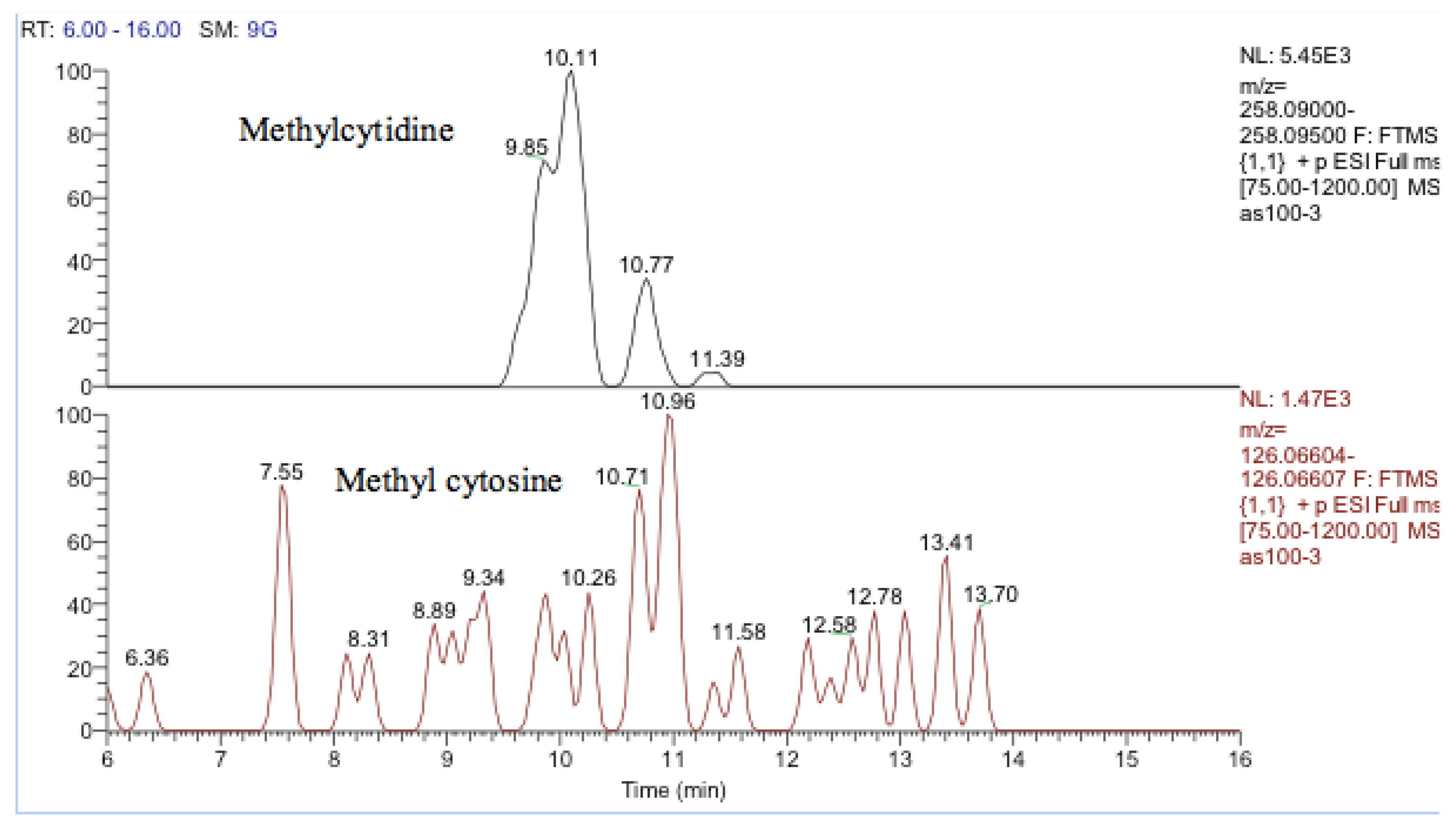
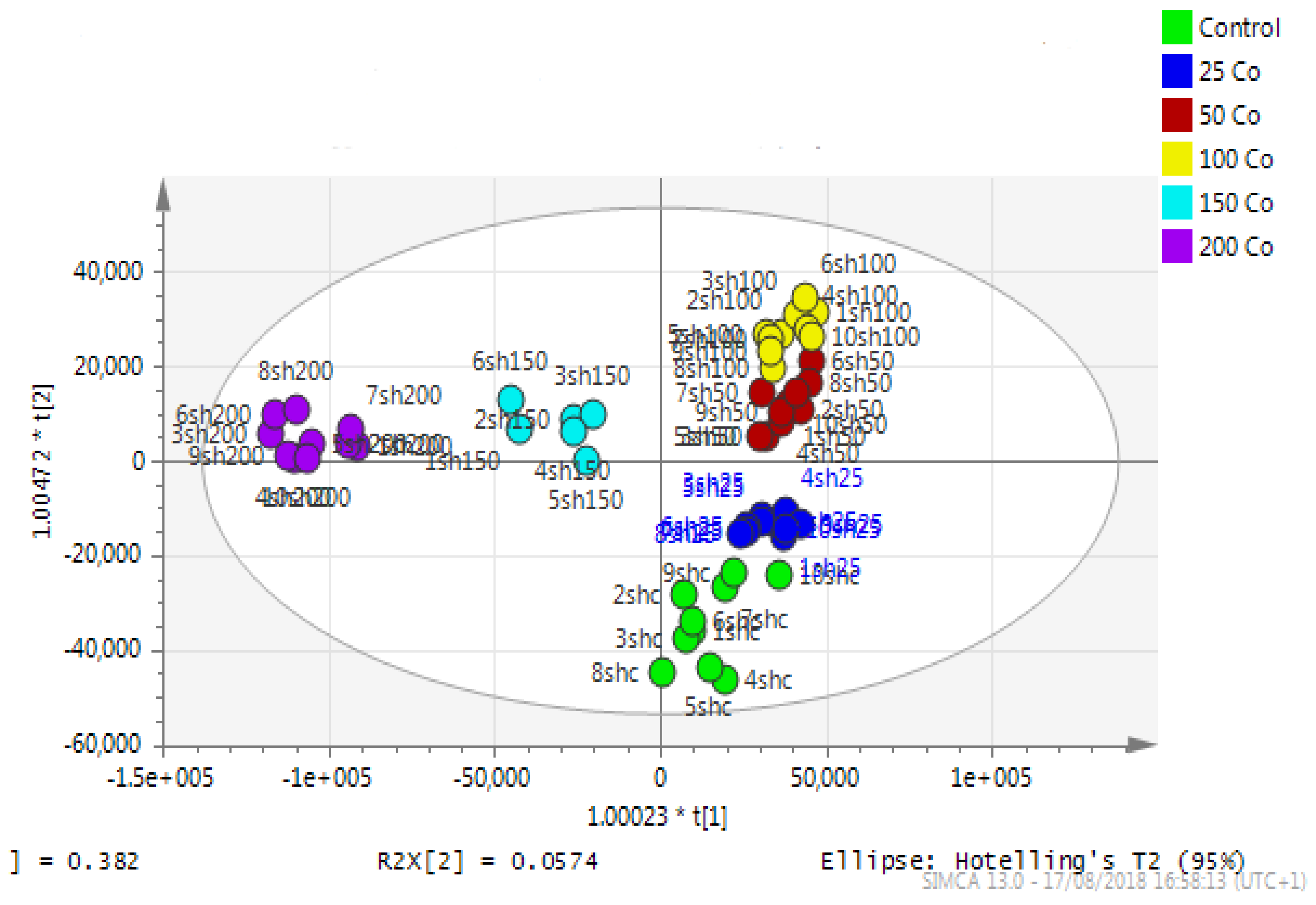
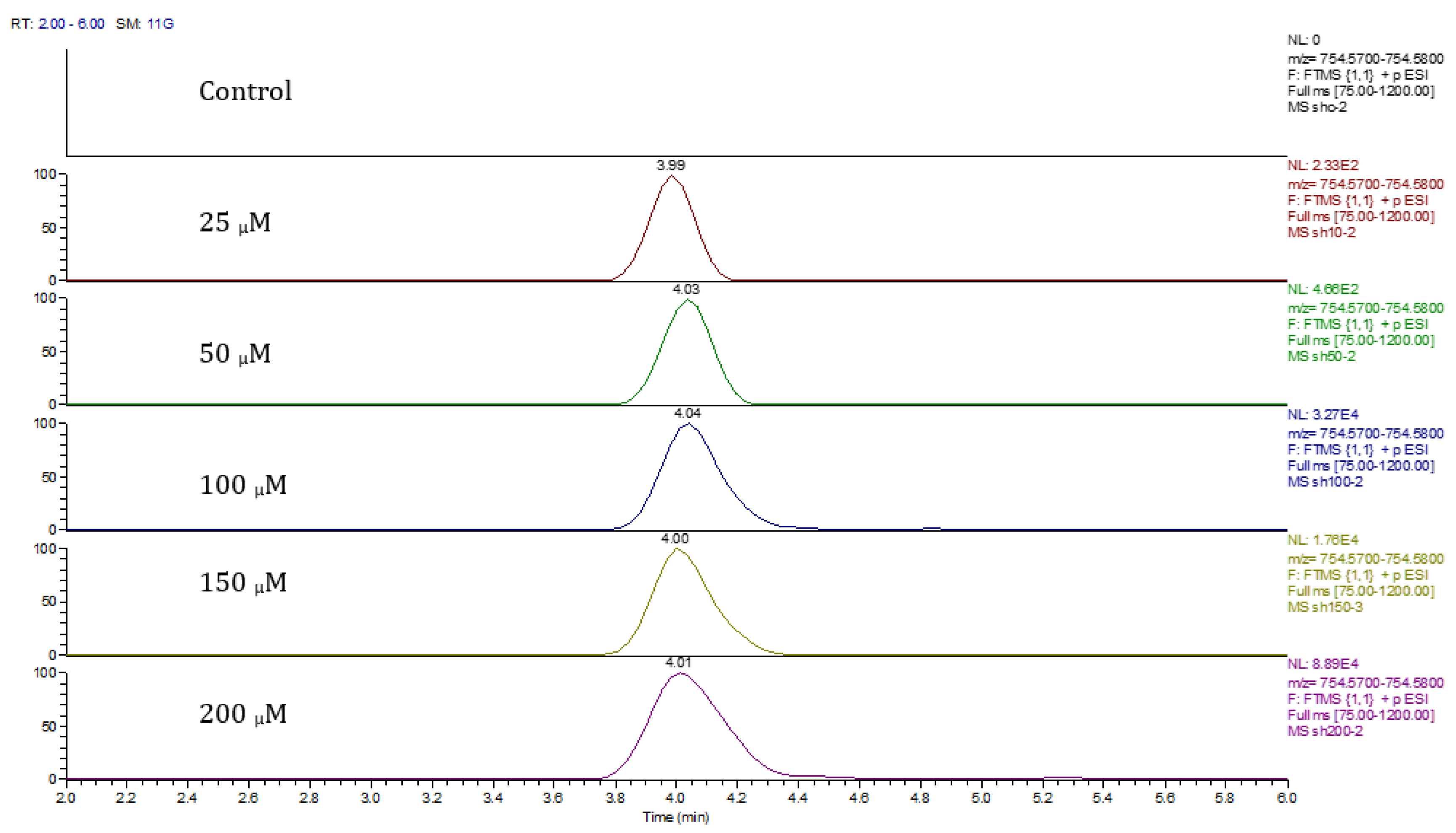

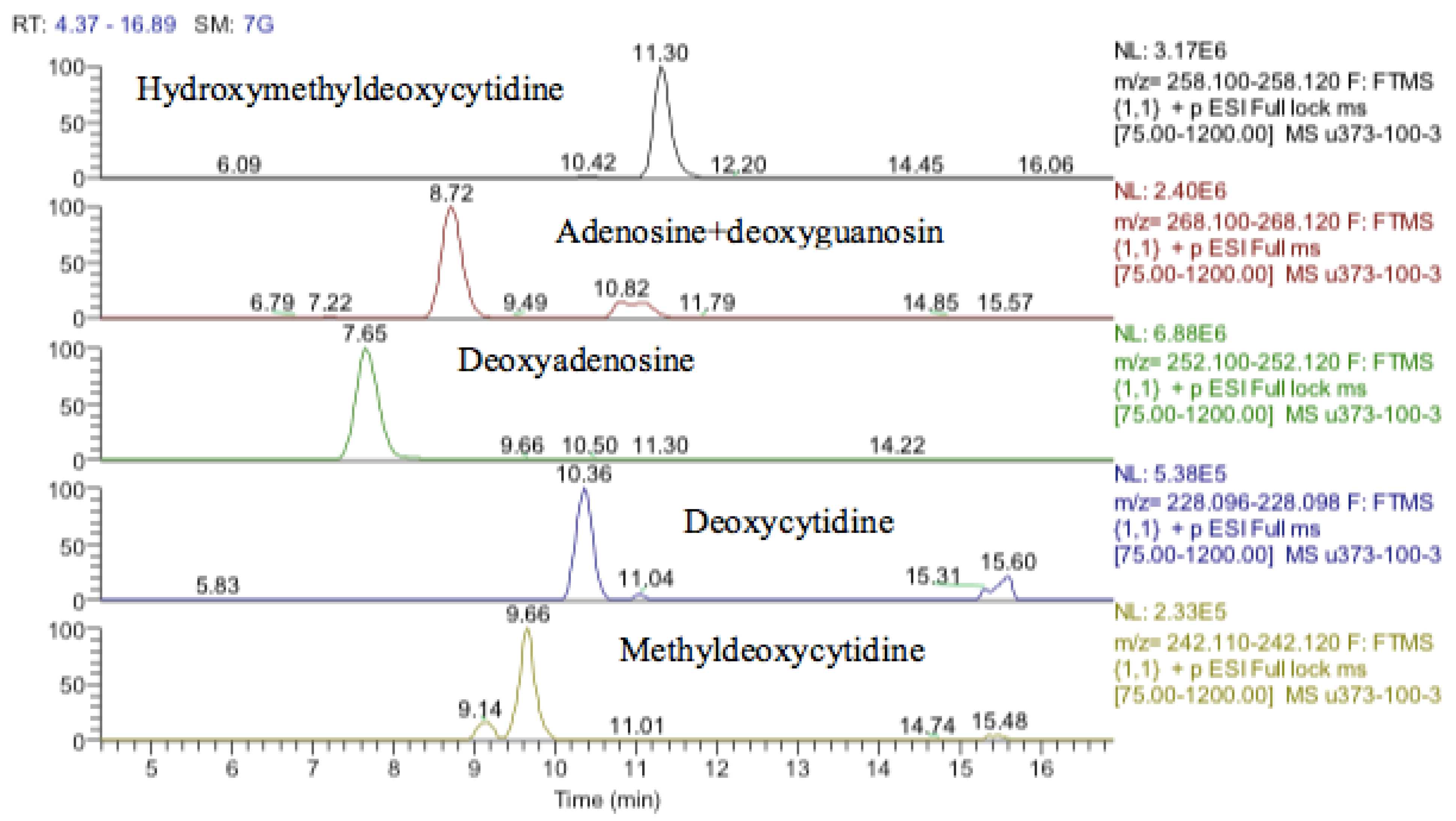
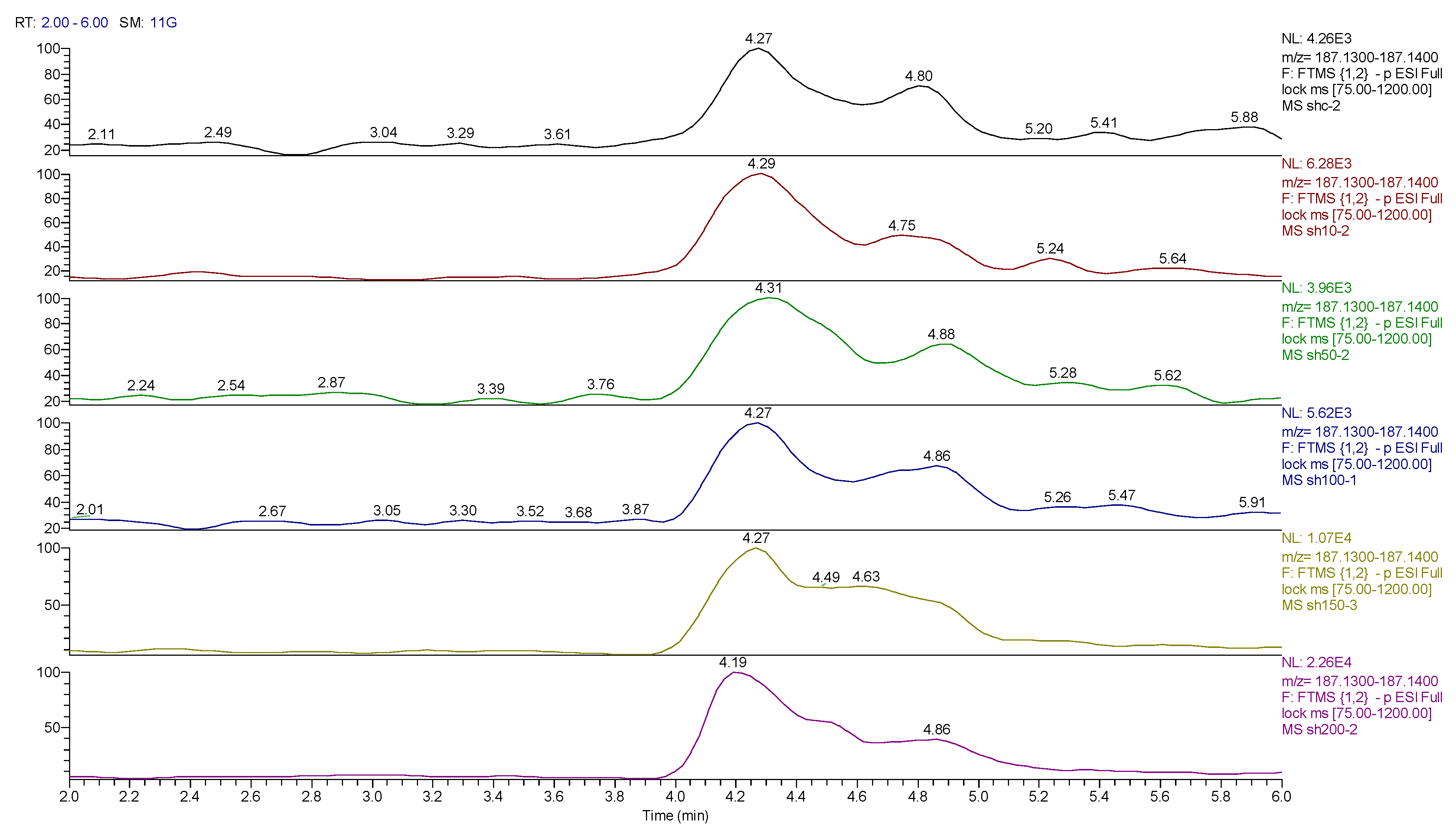

| Genes | Primer Sequences (5′->3′) | Tm | Amplicon Size (bp) | |
|---|---|---|---|---|
| SERT2 | Forward | GAA GGT GCA GGA GGC TCA G | 60.08 | 149 |
| Reverse | CCA AGG TCA GCT CGT CCA G | 60.08 | ||
| UNG | Forward | ACC TGG ACC CAG ATG TGT GA | 60.47 | 144 |
| Reverse | ATA AAT GTT CTC CAA ACT GGG CG | 59.56 | ||
| TDG | Forward | CAT TGT CAT TAT TGG CAT AAA CCC G | 59.31 | 150 |
| Reverse | CCT GGT AGA GTG TGA TCA TCC AT | 59.35 | ||
| MLH1 | Forward | TTT CGA GGT GAG GCT TTG GC | 60.89 | 149 |
| Reverse | GTC CCT TGA TTG CCA GCA CA | 60.90 | ||
| MECP2 | Forward | TGA TCA ATC CCC AGG GAA AAG C | 60.62 | 150 |
| Reverse | TAG GTG GTT TCT GCT CTC GC | 59.75 | ||
| RPL13A | Forward | ACC TCC TCC TTT TCC AAG CG | 59.96 | 141 |
| Reverse | GCG TAC GAC CAC CAC CTT C | 60.74 | ||
| HPRT1 | Forward | CTG GAA AGA ATG TCT TGA TTG TGG A | 59.53 | 135 |
| Reverse | TTC GTG GGG TCC TTT TCA CC | 60.18 | ||
| B2M | Forward | GTG CTC GCG CTA CTC TCT C | 60.30 | 136 |
| Reverse | CGG ATG GAT GAA ACC CAG ACA | 60.07 | ||
| Cobalt Concentration (μM) | |||||
|---|---|---|---|---|---|
| Gene | Control | 25 | 50 | 100 | |
| Mlh1 | Fold change | 1 ± (0.14) | 0.79 ± (0.15) | 2.15 ± (0.11) | 4.30 ± (0.05) |
| ΔΔCT | 0 | 0.34 | −1.10 | −2.11 | |
| SIRT2 | Fold change | 1 ± (0.26) | 2.88 ± (0.28) | 9.87 ± (0.12) | 17.60 ± (0.09) |
| ΔΔCT | 0 | −1.53 | −3.30 | −4.14 | |
| MeCP2 | Fold change | 1 ± (0.23) | 2.31 ± (0.33) | 11.04 ± (0.24) | 24.11 ± (0.14) |
| ΔΔCT | 0 | −1.21 | −3.46 | −4.59 | |
| UNG1 | Fold change | 1 ± (0.07) | 0.39 ± (0.02) | 1.40 ± (0.03) | 2.34 ± (0.07) |
| ΔΔCT | 0 | 1.37 | −0.49 | −1.22 | |
| TDG | Fold change | 1 ± (0.22) | 0.85 ± (0.19) | 1.39 ± (0.29) | 2.13 ± (0.13) |
| ΔΔCT | 0 | 0.24 | −0.48 | −1.09 | |
| Cobalt Concentration (μM) | |||||
|---|---|---|---|---|---|
| Gene | Control | 25 | 50 | 100 | |
| MLH1 | Fold change | 1 ± (0.15) | 1.67 ± (0.23) | 0.92 ± (0.18) | 7.89 ± (0.06) |
| ΔΔCT | - | −0.74 | 0.12 | −2.98 | |
| SIRT2 | Fold change | 1 ± (0.27) | 2.89 ± (0.24) | 1.13 ± (0.28) | 7.68 ± (0.28) |
| ΔΔCT | - | −1.53 | −0.18 | −2.94 | |
| MeCP2 | Fold change | 1 ± (0.19) | 1.23 ± (0.36) | 0.37 ± (0.31) | 4.93 ± (0.36) |
| ΔΔCT | - | −0.30 | 1.45 | −2.30 | |
| UNG1 | Fold change | 1 ± (0.16) | 1.27 ± (0.22) | 0.66 ± (0.04) | 5.99 ± (0.04) |
| ΔΔCT | - | −0.35 | 0.61 | −2.58 | |
| TDG | Fold change | 1 ± (0.17) | 0.86 ± (0.25) | 0.43 ± (0.05) | 3.61 ± (0.05) |
| ΔΔCT | - | 0.21 | 1.23 | −1.85 | |
Disclaimer/Publisher’s Note: The statements, opinions and data contained in all publications are solely those of the individual author(s) and contributor(s) and not of MDPI and/or the editor(s). MDPI and/or the editor(s) disclaim responsibility for any injury to people or property resulting from any ideas, methods, instructions or products referred to in the content. |
© 2023 by the authors. Licensee MDPI, Basel, Switzerland. This article is an open access article distributed under the terms and conditions of the Creative Commons Attribution (CC BY) license (https://creativecommons.org/licenses/by/4.0/).
Share and Cite
Alanazi, I.M.; R. Alzahrani, A.; Zughaibi, T.A.; Al-Asmari, A.I.; Tabrez, S.; Henderson, C.; Watson, D.; Grant, M.H. Metabolomics Analysis as a Tool to Measure Cobalt Neurotoxicity: An In Vitro Validation. Metabolites 2023, 13, 698. https://doi.org/10.3390/metabo13060698
Alanazi IM, R. Alzahrani A, Zughaibi TA, Al-Asmari AI, Tabrez S, Henderson C, Watson D, Grant MH. Metabolomics Analysis as a Tool to Measure Cobalt Neurotoxicity: An In Vitro Validation. Metabolites. 2023; 13(6):698. https://doi.org/10.3390/metabo13060698
Chicago/Turabian StyleAlanazi, Ibrahim M., Abdullah R. Alzahrani, Torki A. Zughaibi, Ahmed I. Al-Asmari, Shams Tabrez, Catherine Henderson, David Watson, and Mary Helen Grant. 2023. "Metabolomics Analysis as a Tool to Measure Cobalt Neurotoxicity: An In Vitro Validation" Metabolites 13, no. 6: 698. https://doi.org/10.3390/metabo13060698
APA StyleAlanazi, I. M., R. Alzahrani, A., Zughaibi, T. A., Al-Asmari, A. I., Tabrez, S., Henderson, C., Watson, D., & Grant, M. H. (2023). Metabolomics Analysis as a Tool to Measure Cobalt Neurotoxicity: An In Vitro Validation. Metabolites, 13(6), 698. https://doi.org/10.3390/metabo13060698









